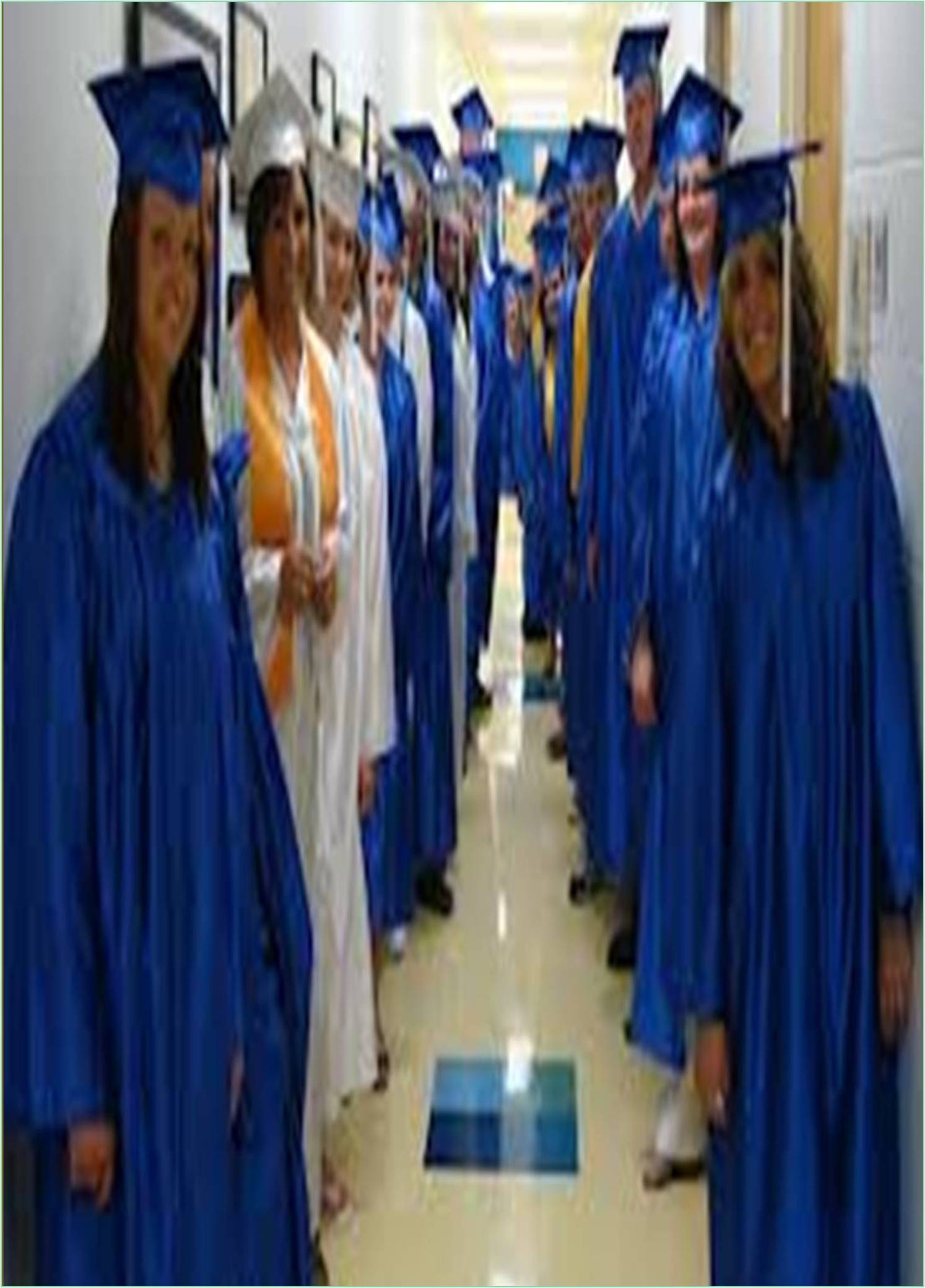



Received: 01-Dec-2022, Manuscript No. GJEF-22-84002; Editor assigned: 05-Dec-2022, Pre QC No. GJEF-22-84002 (PQ); Reviewed: 19-Dec-2022, QC No. GJEF-22-84002; Revised: 26-Dec-2022, Manuscript No. GJEF-22-84002 (R); Published: 02-Jan-2023, DOI: 10.15651/2449-061X.23.10.014
The spread of illness, many teachers were forced by the COVID-19 pandemic to switch from traditional classroom settings to virtual ones with interruption. It is an extensive and pervasive case of the digitization of teaching practise, and many stakeholders are immediately considering which changes "will stick" and continue to be a part of the "Moving forward, a "turning point." Structure, one-on-one communication, formalised reconciliations, silence and quiet, covert back channels, appropriate timing, and reaching specific students are among the benefits. The seven advantages can serve as a starting point for thought. Everyday life as we know it was upended by the COVID-19 pandemic, which also changed how schools are run around the world. Teachers had to make an instant and extensive adjustment from teaching in a regular classroom to one that was virtual for many of them. It suggested a different style of educational environment with new methods of communicating, cooperating, and "existing." the majority of higher education Although digital learning has been available for a while, it is not a typical practise in elementary, middle, or high schools. Therefore, the challenge has been how to further digitalize traditional brick and mortar schools, despite the fact that school digitalization has been a major political issue for decades.
Numerous concerns regarding how this will impact on education are raised. Additionally, it raises concerns regarding the advantages of distance learning and the transition from traditional to virtual classrooms. We refer to the apparent and emerging potential for action in a given situation as affordances. The idea revolves around how the ability to act is perceived between a real performer and technology, and affordances describe how the ability to act is actually realised. The goal of this study is to examine teaching and learning that are switched from a traditional classroom to a virtual one. Examining various viewpoints on affordances from instructors' perspectives is part of it.
Whenever a student decides to learn online, preparation time begins as soon as that decision has been made. However, for essential virtual instruction, there is typically no planning time and a general impression of anxiety. Furthermore, choosing online learning in critical situations typically requires a long-term or permanent transition to an online environment, whereas online teaching for situation typically involves a short move online. The findings indicate that while most people are generally satisfied with online learning in critical situations, there is generally less student involvement in virtual classrooms.
The long-term effects of these changes on students are still unknown, but some studies indicate that a blended learning environment is the sensible course of action. These studies also highlight significant differences in teachers' ability to use technology to teach and facilitate learning in virtual classrooms. There has been some research on the effects on teachers and instruction, but there are a much larger number of studies devoted to the learning process and students' perspectives. Theories were initially developed from the premise that the virtual environment offers fresh channels for speaking and performing. Although online learning platforms were primarily developed for distant courses, they are now also employed as a supplement to traditional teaching. Today, various forms of distance education comprise an everyday feature that is integrated into higher education. The virtual classroom has remained important, and several categories have been used to investigate cases like distance learning, online learning, and emergency remote teaching in a higher education context. Reduced travel time and expenses, greater student freedom, and more potential for international collaboration are all common justifications for online learning. The drawbacks are frequently highlighted as being uncomfortable feelings of solitude and technological inadequacies. The efficiency of learning outcomes and student satisfaction, which demonstrate that teaching in a traditional classroom is at least as effective as online learning.
Additionally, the authors summarize the state-of-the-art as the most promising methods for fostering learning in online contexts, which include ongoing instructor participation with tailored, timely, and formative online dialogues with clear guidelines and expectations.
There is a distinction between the educational contexts and those that focus on the educational affordances produced from a complex mix of tools and instructional configurations for instructors, in high schools, despite the fact that their conclusions are genuinely relevant. Additionally, the recent shift to the internet and digitalization not only allow for new teaching and learning activities but also serve as behavioural channeling. A real performer and technology are seen as having the potential to act, and affordances describe that action potential. The idea also includes the capacity to act in both good and bad ways, and due to the intricacy of interactions between people and other types of technology, it has developed into a key lens for comprehending the distinctions between digital, analogue, and human interactions. Regarding practical consequences, it's crucial to remember that various classroom environments invite various actions and activities. The seven affordances discussed in this study could serve as a starting point for individual reflection and group discussions about about ways to improve virtual classroom instruction more effective.